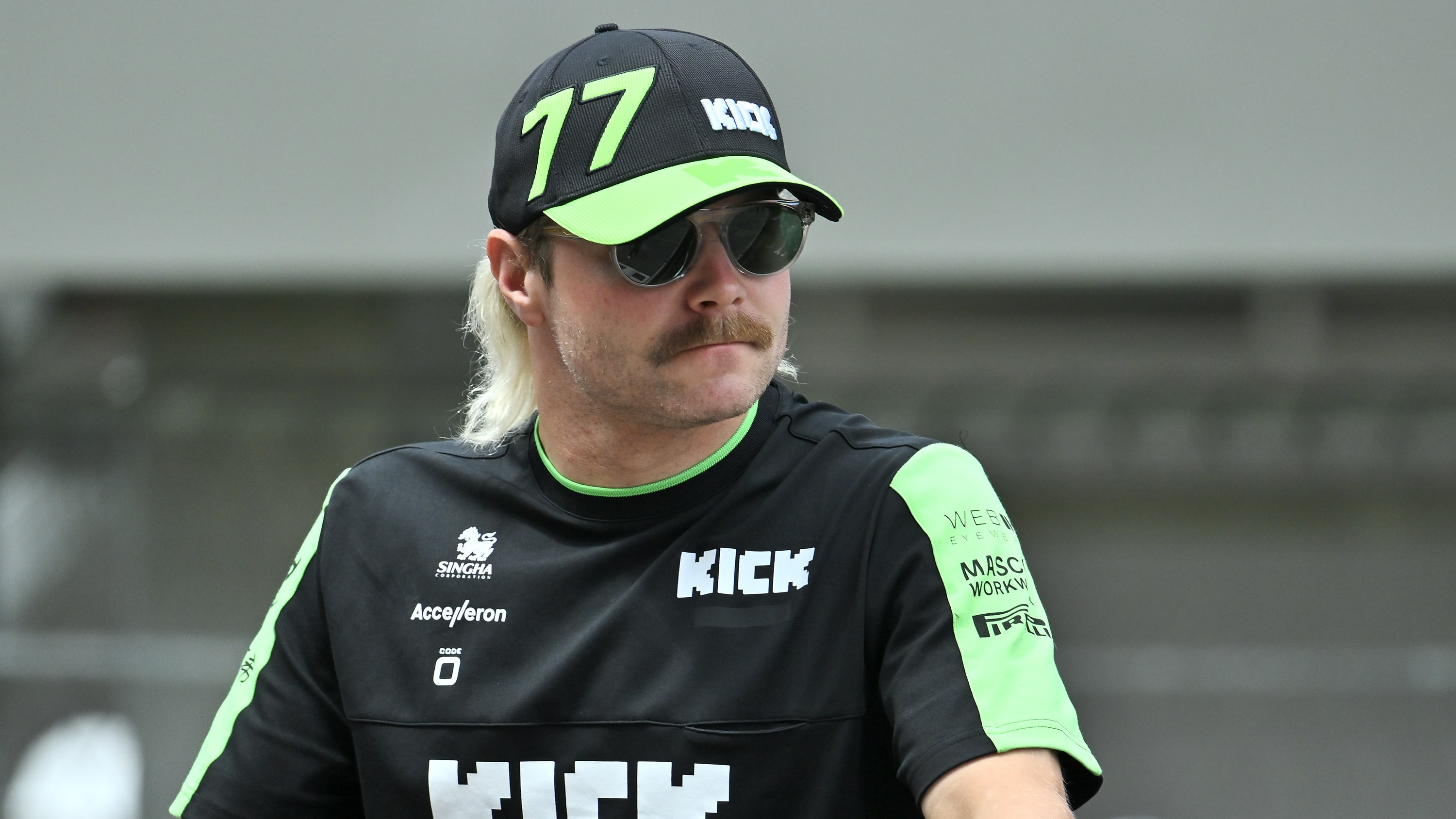FRP vs. Carbon: Choosing the Right Supra Aero Setup
Not sure if FRP or carbon fibre is right for your Supra Mk4 build? This guide breaks down the real-world pros, cons, and costs of both for Ridox and widebody aero kits.

TL;DR – FRP vs. Carbon Fibre in a Nutshell
-
FRP (fibreglass) is budget-friendly, repairable, and ideal for street or beginner widebody builds.
-
Carbon fibre offers lightweight performance and show-quality aesthetics, but costs significantly more.
-
Your decision should depend on your build goals—not hype.
Why Material Matters in Aero Mods
When you're committing to a full aero transformation—especially with a premium kit like the Ridox for the Supra Mk4—the choice between FRP (fibreglass reinforced plastic) and carbon fibre isn't just about weight. It's about cost, fitment, finish, and how you actually use your car. Both materials have their place in the widebody world. But understanding the strengths and limitations of each will help you avoid costly mistakes. And more importantly? It’ll keep your build aligned with your intent—whether that’s street cred, track use, or showpiece quality.
If you're diving into this world for the first time, pairing this article with our Ridox Kit Installation Guide is a smart move.

What Is FRP and Why Do So Many Builders Use It?
Fibreglass Reinforced Plastic is the industry’s go-to for a reason. It’s durable, flexible, and cost-effective—especially when you're modifying or trimming for custom fitment.
The majority of JDM widebody kits—yes, including the base Ridox kits—are offered in FRP by default because:
-
It’s easy to modify during pre-fit and install
-
It can be sanded, filled, and reshaped without specialist tools
-
Paint prep is straightforward for skilled body shops
-
If damaged, it’s far easier to repair than carbon
FRP isn’t about cutting corners—it’s about building smarter when weight and budget are both considerations. On aggressive track-ready widebodies, FRP lets you slam panels and massage fitment without the stress of cracking exotic composites.
If you’ve browsed through builds in the Stance Auto Magazine July 2025 Issue, you’ll see how many serious street cars still use FRP to killer effect.

So, Why Go Carbon Fibre Then?
Because carbon looks incredible. And if you’re chasing tentpole-level aesthetics—or building for competitive track use—carbon fibre can deliver performance and presence.
There are two types:
-
Wet carbon – most common, layered over FRP. It has a glossy carbon weave and saves minimal weight, but offers stunning visuals. Great for splitters, lips, or interior accents.
-
Dry carbon – true motorsport-grade. Ultra lightweight, stronger, and far more expensive. This is what you’ll find in professional race cars and top-end show builds.
For Ridox fans chasing that Option Magazine cover look, carbon is a badge of commitment. It’s hard to top the feeling of seeing exposed carbon on a Ridox front diffuser or rear add-on—especially under show lights or rolling on sunset streets.
But it comes with caveats:
-
Harder to repair
-
Less forgiving to install
-
UV degradation if not clear-coated properly
Fitment and Finish: The Real-World Trade-Offs
Many assume carbon means better fitment. It doesn’t.
FRP is often easier to manipulate during installation, which means you can fine-tune panel alignment during your dry-fit and sanding stages. Carbon, especially dry weave, doesn’t like to bend or trim. If it doesn’t fit right out of the box, you may be stuck.
Some builders even mix both: FRP for large structural panels (fenders, skirts) and carbon for trim (diffusers, splitters, vents).
You’ll find this hybrid approach featured in builds within the Japanese Classic Cars Vol2 magazine—a visual showcase of street-legit aero execution.
Price Comparison (Ballpark Figures)
|
Part Type |
FRP Price Range |
Carbon Fibre Price Range |
|
Front Bumper |
£450 – £800 |
£950 – £1,800 |
|
Side Skirts |
£300 – £600 |
£800 – £1,300 |
|
Wide Fenders (Pair) |
£500 – £950 |
£1,200 – £2,000+ |
|
Rear Diffuser |
£250 – £500 |
£650 – £1,200 |
These are generalised numbers but illustrate a key point: carbon nearly doubles your cost.
So unless you’re building a Ridox-themed show car or tracking regularly, FRP may give you more budget for paint, wheels, and suspension.
What Should You Pick for a Ridox Supra Mk4?
Here’s the honest answer: it depends on your purpose.
-
Daily or weekend streetcar? Go FRP. Easier to repair, fits better, and lets you spend more on power mods.
-
Track-focused build? Consider carbon, especially for diffusers, canards, and underbody elements.
-
Showstopper with open-bonnet flex? Mix FRP panels with exposed carbon trim for balance.
This kind of strategic setup is detailed in the Modified Car Magazine: JDM Edition, where widebody pros break down material choices for builds that actually hit the street.
Final Thoughts
There’s no wrong answer—only the right material for your budget, vision, and use case. FRP keeps things flexible and affordable. Carbon fibre turns heads and shaves grams. Whatever you choose, commit fully. A well-installed FRP Ridox kit will always outshine a misaligned carbon one.
Pair this with our Ridox Kit for Supra Mk4 feature to see how both materials come together on elite-level builds.
Author Bio:
Paul Doherty is the founder and editor of Stance Auto Magazine, passionate about connecting drivers with their perfect cars. From car reviews to deep dives into automotive news, Paul leads a team dedicated to bringing the culture of stance and community builds to a global audience.
Explore the RE-Amemiya widebody kit for the Mazda RX-7 FD3S—designed for real aero performance and JDM street cred.
Call to Action
Do you have a build story like this one? Got a build on a budget? We want to see it. Submit your story to Stance Auto Magazine, and you could be the next featured owner showing the world how to do it right—without breaking the bank.
And hey, don’t forget to tag us on socials. Use #stanceautomag on Instagram, Pinterest and Facebook so we can see (and maybe feature) your ride.

Order Your Car Magazines From Our Amazon Book Store
Get Noticed Use our Hashtags - #stanceauto #stanceautomag #stanceautomagazine #modifiedcarmagazine
UKTM no: UK00003572459
 Like
0
Like
0
 Dislike
0
Dislike
0
 Love
0
Love
0
 Funny
0
Funny
0
 Angry
0
Angry
0
 Sad
0
Sad
0
 Wow
0
Wow
0

























































































.png)












![[HOONIGAN] Ken Block's GYMKHANA NINE](https://img.youtube.com/vi/_bkX5VkZg8U/maxresdefault.jpg)



































































































































